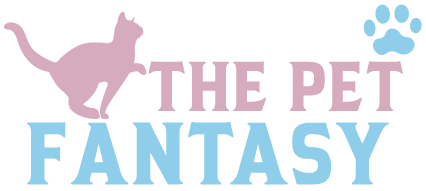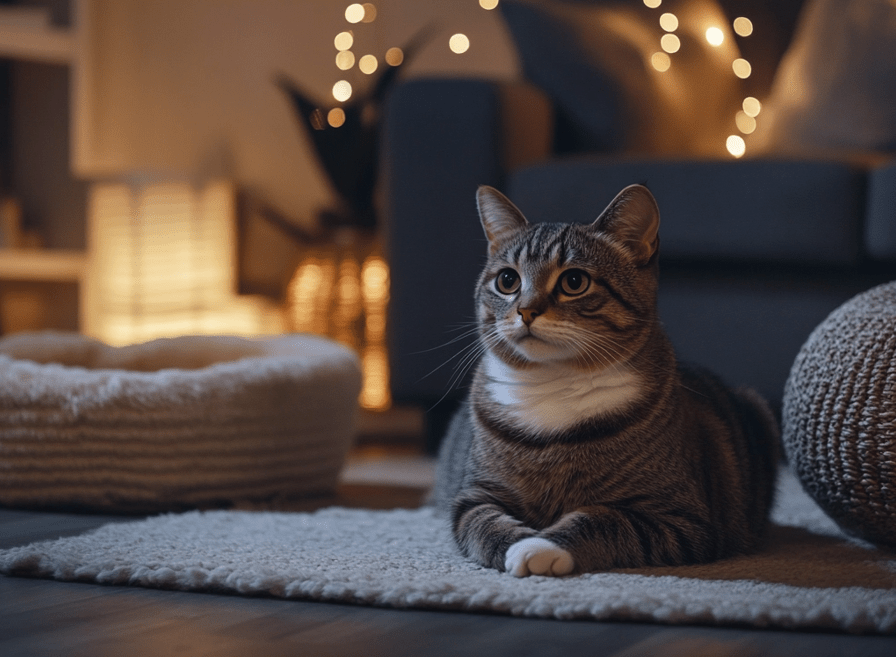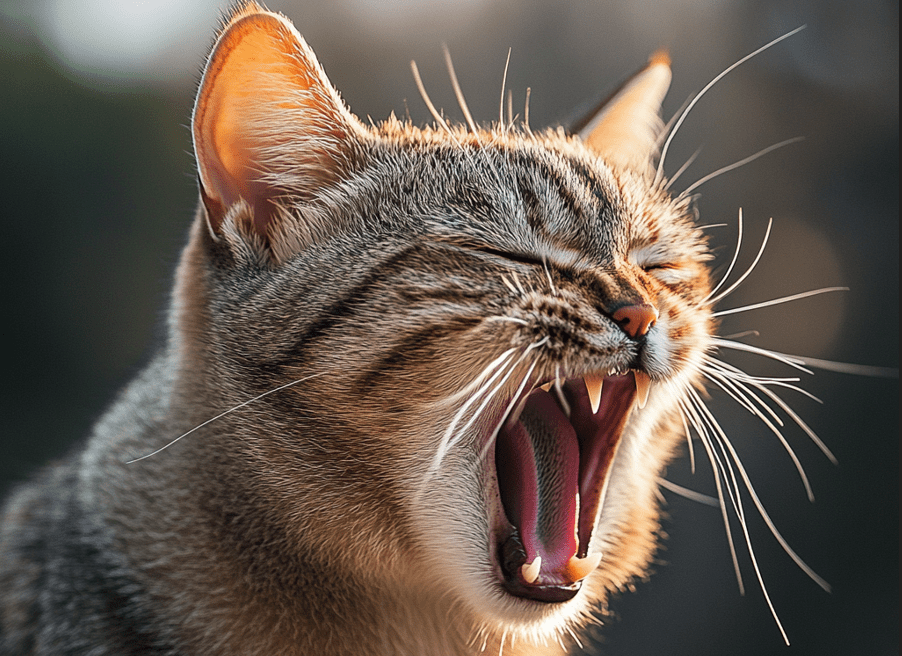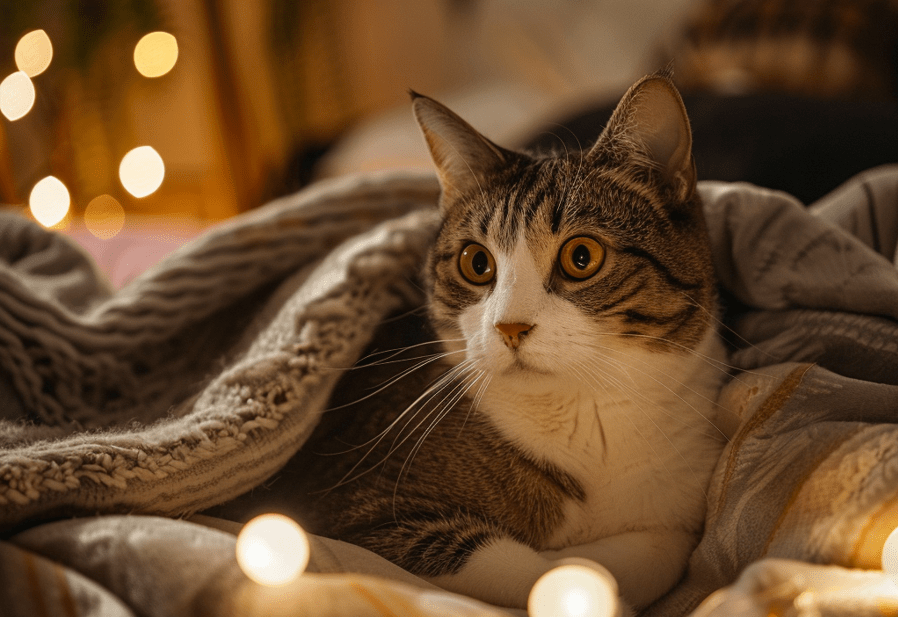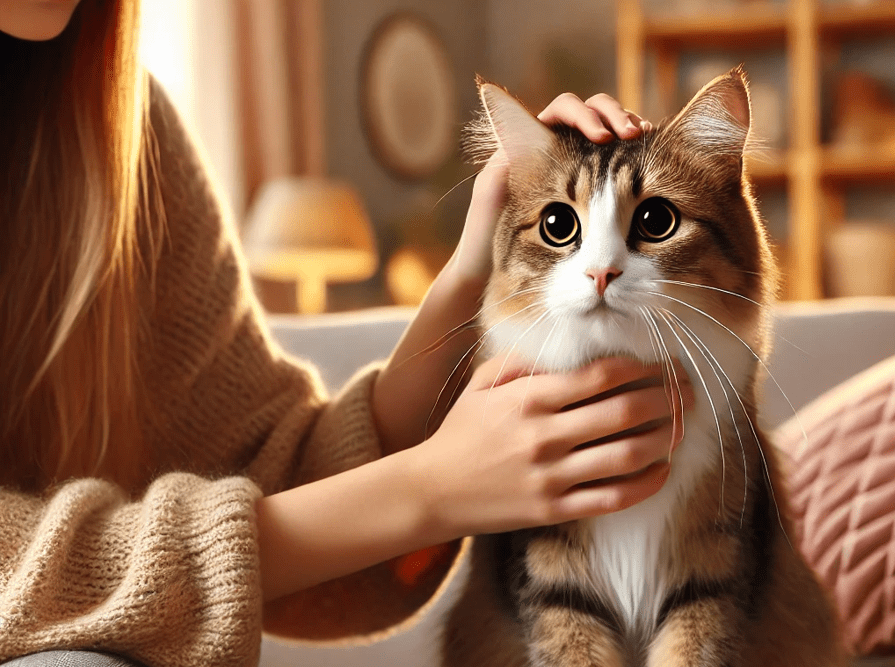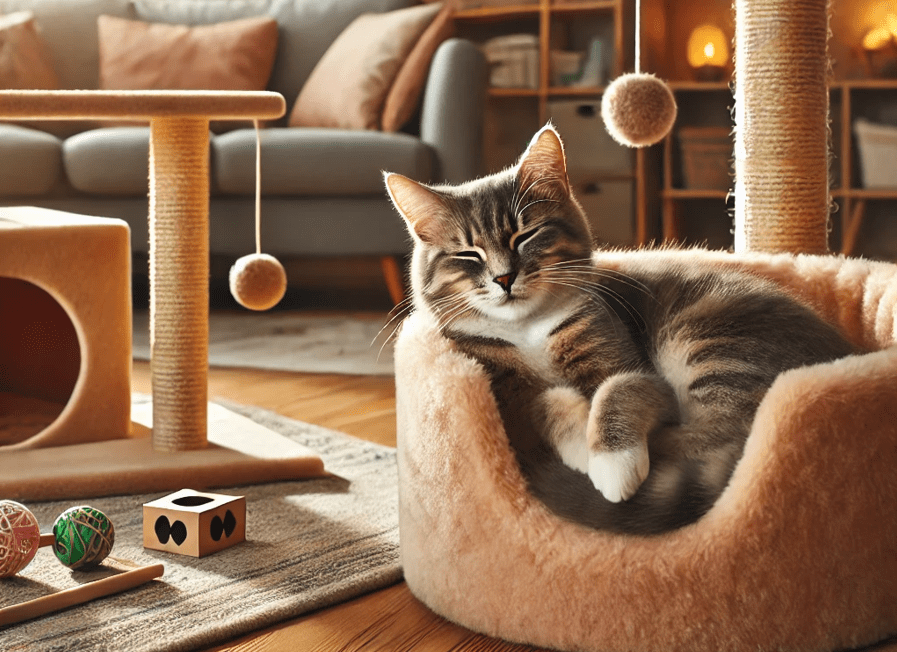
Environmental enrichment is the enhancement of a cat’s environment to promote natural behaviors, increase mental stimulation, and improve overall health. When dealing with cats that are anxious, these methods become ever more critical, allowing for less stress and fear-based behaviors, and creating a sense of safety. Over-grooming, hiding, or aggression are all signs that a cat may be feeling anxiety, and many cat experts agree that enrichment that is designed with purpose will play an essential role in supporting their emotional well-being.
In recent years, there has been increased recognition of the mental health of cats, and professionals emphasize a need for environments that address both the physical and psychological needs of cats. By adding variety and change to their environment through enrichment strategies, cat owners can significantly enhance their pets’ quality of life, resulting in a calmer and more satisfied temperament. In this article, you will find useful tips and ideas that will help cat owners create a soothing environment tailored to an anxious cat’s needs.
Understanding Feline Anxiety
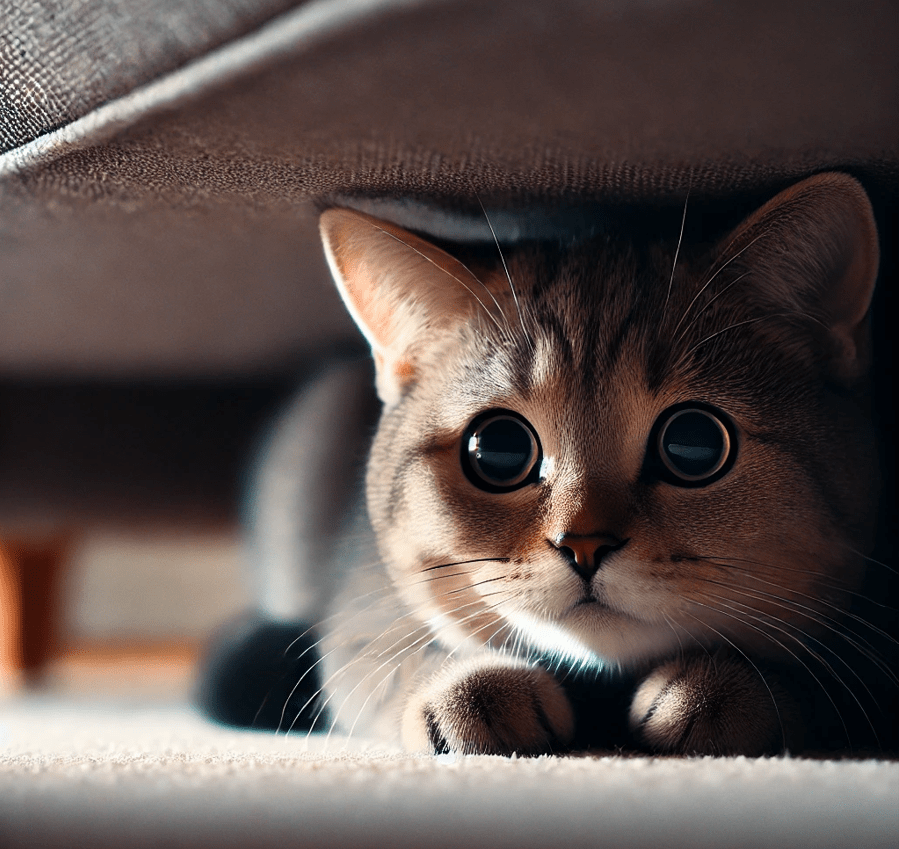
Feline anxiety refers to increased stress or fearfulness that can deeply impact a cat’s behavior and well-being. It is usually caused by sudden environmental changes (for example, moving to a new house, getting new pets), lack of early life socialization or previous traumas such as abuse or maltreatment. Cats love routine and any alteration to that can lead to feelings of uncertainty and anxiety.
Understanding the signs of anxiety in cats is important for early intervention. These signs may manifest as over-grooming, hiding, aggression, excessive meowing, or destructive behavior such as scratching furniture. Physical symptoms can include loss of appetite, vomiting, diarrhea or changes in litter box use. These behaviors typically indicate that a cat is feeling stressed and requires support.
It is important to address anxiety in cats, as chronic stress can cause severe health problems. Chronic anxiety also suppresses the immune system, increasing her risk of getting sick. It can lead to long-lasting behavioral problems that can put the cat-owner relationship under strain. Identifying and addressing feline anxiety can lead to happier, more vibrant & healthier cats for their owners.
Why do Animals Need Environmental Enrichment?
Environmental enrichment is the process of enhancing a cat’s environment to improve its physical, mental and emotional well-being. For a cat, this means providing them with an environment similar to their natural habitat that promotes behaviors such as climbing, scratching, hunting, and exploring. By enriching elements like vertical spaces, scratching posts, interactive toys, and secluded hiding spots, owners are able to create the types of stimulation cats would encounter in the wild.
Enrichment is particularly beneficial for anxious cats, as it lessens stress by providing them a feeling of safety and control within their surroundings. It also stimulates their minds, helping prevent boredom and the destructive behaviors that often accompany it. Additionally, enrichment promotes physical activity, which is also essential in order to maintain a healthy weight and help reduce energy that can lead to anxiety. By stimulating a cat’s natural instincts, environmental enrichment promotes a calmer, happier, more well-rounded feline friend.
Essential Elements of Environmental Enrichment for Anxious Cats
Vertical Space
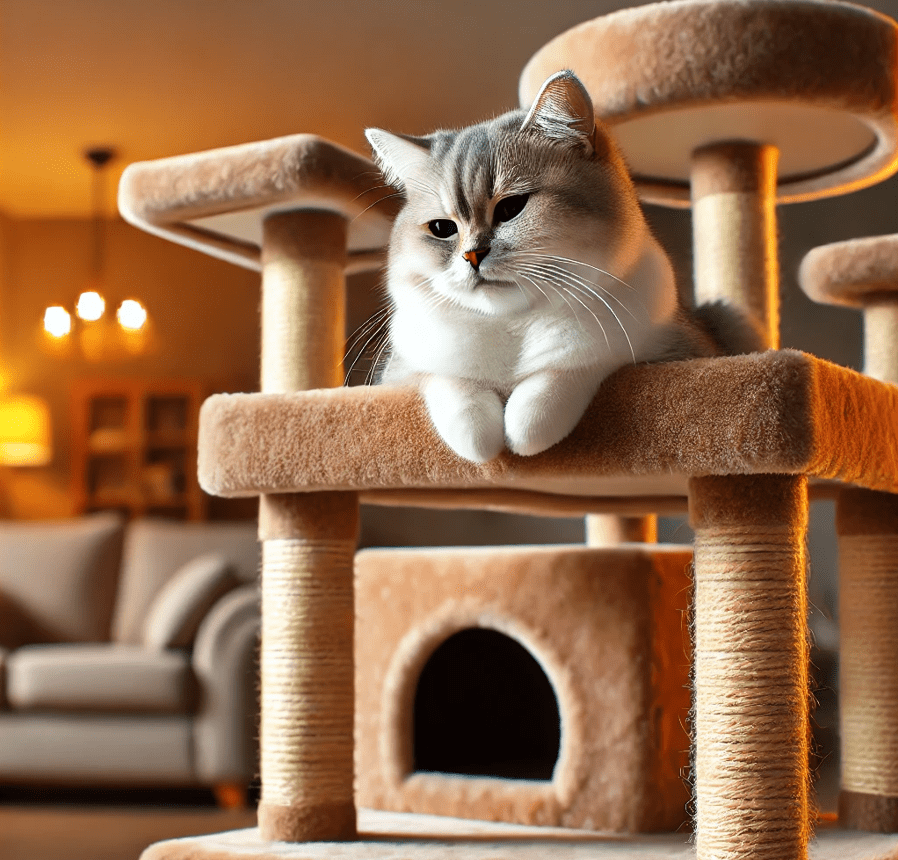
Cats by nature look for elevated places to watch their surroundings, and it provides them with a sense of safety and control. Offering vertical spaces such as cat trees, shelves or window perches gives anxious cats the opportunity to climb, perch and escape potential stressors. These spaces are physical exercise and a protective enclosure cats are the watchful guardian in an enclosed space.
Safe Hiding Places
When they feel anxious, cats usually seek out enclosed spaces where they can hide and feel safe. Providing shelter, whether it be cat caves, covered beds or simple DIY options like a cardboard box with a soft blanket inside, helps reduce stress levels. These areas allow cats to feel free and take a time out, especially during stressful times.
Interactive Toys and Puzzles
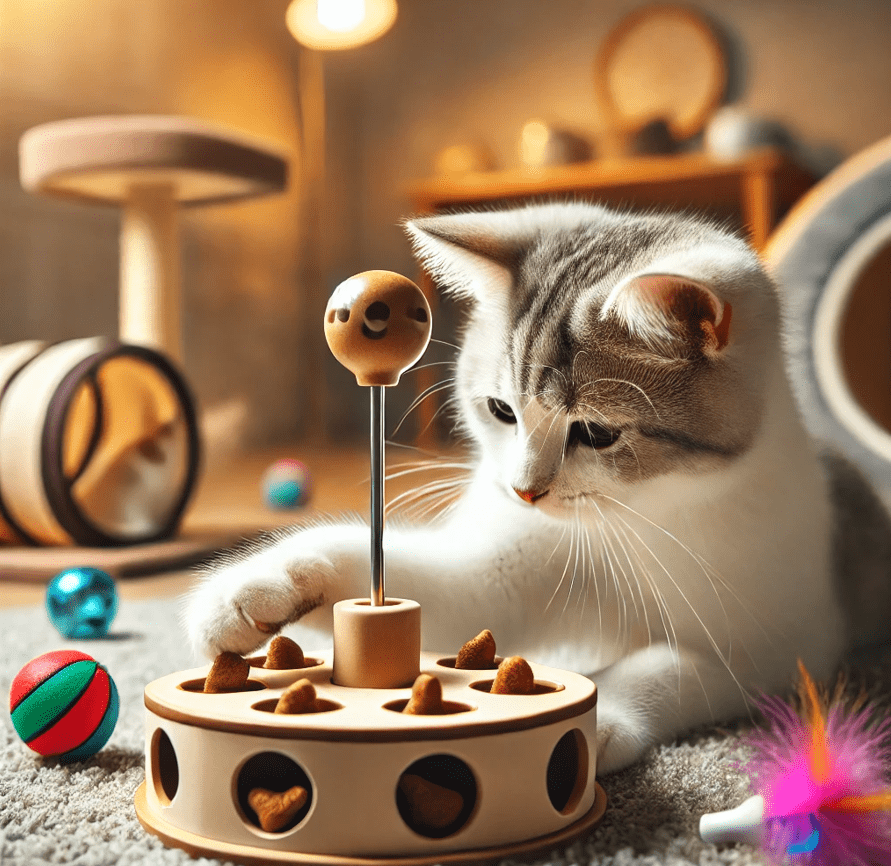
Installing a mental trigger is a must in making cats lose their anxiety. Toys and puzzles: Treat-dispensing toys, feather wands, puzzle feeders, etc., appeal to a cat’s natural hunting instincts and help keep it entertained. These activities distract them from stressors and offer a positive way to release energy.
Scratching Options
Cats need to scratch because scratching is a natural behavior and it helps cats manage stress and mark their territory. Scratching posts, pads, or mats not only protect valuable furniture but also offer anxious animals an outlet for expression and a way to release build-up energy.
Sensory Engagement
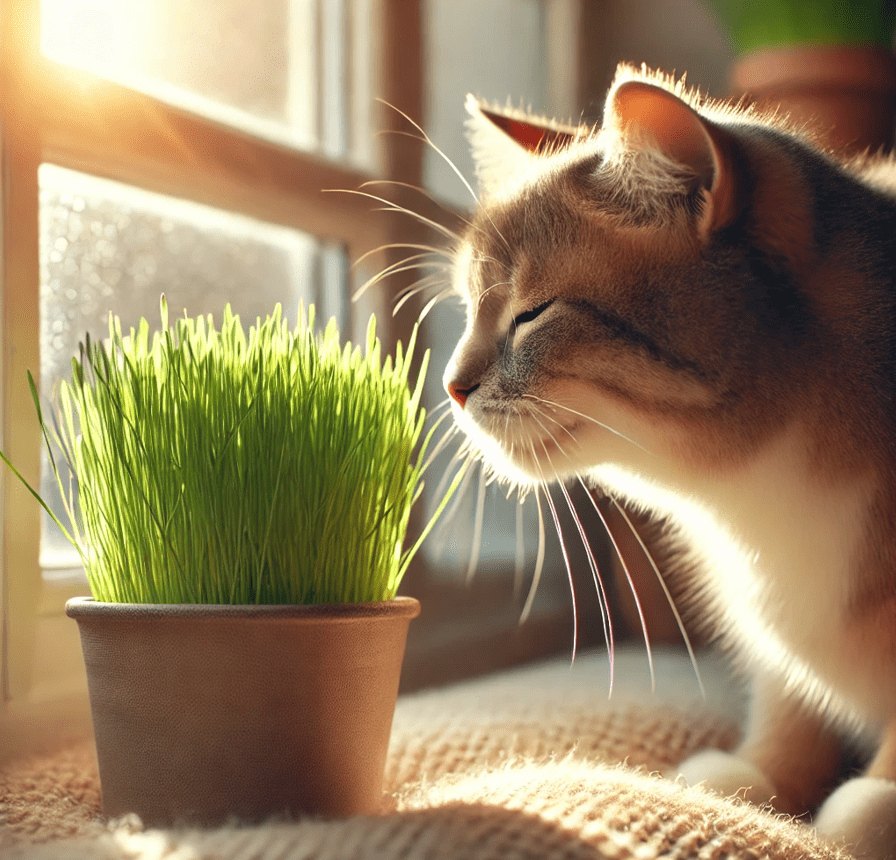
Engaging a cat’s senses can have a soothing effect. Cat-friendly greenery, pheromone diffusers and interactive sound-responsive toys can promote a relaxing environment. For example, pheromone diffusers simulate natural soothing cues and sound toys provide soft auditory input.
Consistent Routine
Cats are more comfortable when their routine is predictable. A consistent feeding, playtime and grooming schedule gives anxious cats the stability of an environment they can control. These are all small, incremental changes that can significantly enhance their overall well-being.
These components can help cat owners build an enriching environment for anxious felines that supports their mental and physical well-being.
Tips for Introducing Environmental Enrichment
If you decide to give your cat more environmental enrichment, make sure that it starts with small changes and slowly add new things. This can be helpful in preventing your cat from being overwhelmed — because, often, a sudden change increases anxiety. Listen to your cat’s preferences — some cats like to climb, others like quiet hiding places— and personalize their space to fit their unique needs.
It’s also a good idea to rotate toys and activities so your cat doesn’t get bored. It helps them not get bored and keeps them interested. For example, you could use different types of puzzle feeders, feather toys and a sound interactive toy that you rotate through.
Always prioritize safety. Clear the space of any hazards, such as poisonous plants, small items that pose a choking risk or top-heavy furniture. Make sure to only use cat-safe materials and secure all enrichment items and ensure they are non-toxic.
As you follow these tips closely, you will be able to develop an environment that is stimulating and devoid of stress, allowing your cat to thrive both physically and mentally.
More Ways to Calm Anxious Cats
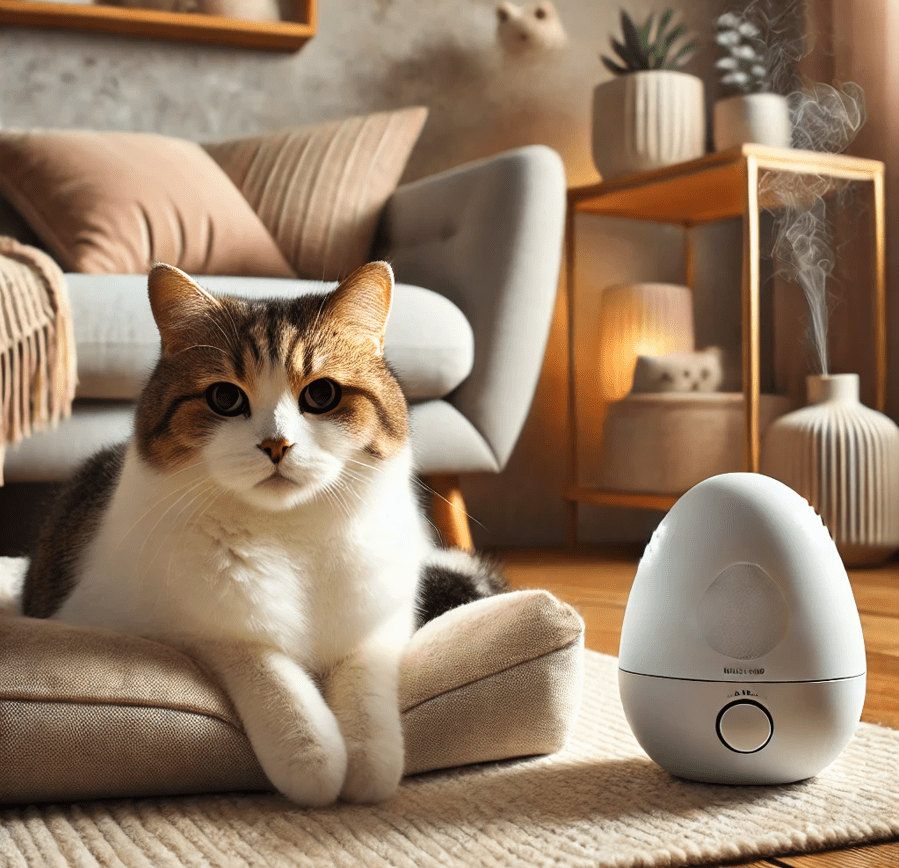
Cat calming products (including pheromone diffusers, calming collars and some natural supplements) can be beneficial, too! Such products simulate natural calming signals or encourage relaxation, making anxious cats feel more at ease.
Another effective approach is positive reinforcement. Also, rewarding calm behavior using treats, praise, or playtime encourages cats to connect relaxation with rewarding experiences therefore progressively helping them release their anxiety.
When it comes to cats with severe anxiety, speaking to a vet or feline behaviorist is the best course of action. These specialists will provide you with personalized advice based on what you are experiencing, and these experts may prescribe medicine for you as needed, and will work out a complete plan to resolve the matter.
In multi-cat homes, enrichment should be planned mindfully. Isolation allows them to establish their own territory within your home but also provides them with individualized resources separate from other pets. There is no certain method to calm the fury, however by attending to each feline’s details demands you can maintain tranquility.
Conclusion

Finally, in order to enhance the life of the anxious cat, environmental enrichment is crucial. It alleviates stress, offers mental engagement and prompts physical exercise. Owners can help their cats feel safe, happy and balanced by designing a space that caters to their natural instincts and emotional needs.
Keep in mind that every cat is different, and what works for one may not work for others. Try some different enrichment ideas and see how your cat responds so you can determine what works best for you.
Making changes to promote up the mental health of your cat can vastly enhance their mental well-being and your rapport. Routine changes should be gradual, maintain regularity and always keep safety and comfort a priority.
We’d love to hear from you! Tell us about your experiences, or tips you might have for easing anxious cats, in the comments! Let us work as a community to help better the lives of cat around the world.
